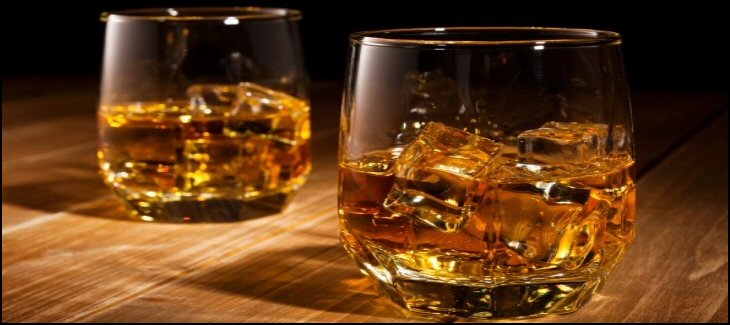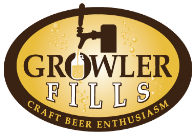American Whiskey
American whiskey is distilled from a mash of fermented grains. There are several types of American whiskey, including malt whiskey, corn whiskey and wheat whiskey, but the four most common are:
- Bourbon
- Tennessee Whiskey
- Blended Whiskey
- Rye Whiskey (Click to read more about Rye Whiskey)
BOURBON
Bourbon is a barrel-aged whiskey made primarily from corn and produced in the United States. Contrary to popular belief, bourbon production is not limited to Kentucky. It can be made in any US state where it is legal to distill spirits. Nonetheless, bourbon is strongly associated with Kentucky, where 95% of the world’s bourbon is produced. To be classified as bourbon, a spirit must be:
- made from a grain mixture that is at least 51% corn (the remaining 49% includes other grains)
- aged in new, charred-oak barrels
- bottled at 80 proof or more (distilling and barreling proof is also strictly monitored)
While bourbon must be aged in barrels, there are no specifics as to how long. However, bourbon aged at least two years with no added colorings, flavorings, or other spirits may be classified as Straight Bourbon. Even though two years is the required aging time, most straight bourbons are aged four years or more.
TENNESSEE WHISKEY
Tennessee whiskey is defined as a straight bourbon whiskey produced in the state of Tennessee. As is the case with straight bourbon, Tennessee whiskey must be 51% corn, aged in charred-oak barrels for at least two years, bottled at 80 proof or higher, and exclude added colorings, flavorings or other spirits. Two of the most popular Tennessee whiskeys are Jack Daniel’s and George Dickel.
What makes Tennessee whiskey different from straight bourbon?
The difference lies in a filtering stage called the Lincoln County Process (also known as charcoal filtering). In this process, the whiskey is filtered through sugar maple charcoal prior to aging. In general, this process results in whiskeys that are mellower, sweeter and slightly smokier than bourbon. Incidentally, there are “charcoal-filtered” bourbons, but they are filtered after aging. While most Tennessee whiskeys use the Lincoln County Process, it is not a requirement.
BLENDED WHISKEY
Blended American whiskey must contain at least 20% straight whiskey. Straight whiskey is made from 51% of a single grain, aged two years in charred oak barrels, bottled at a minimum of 80 proof, and free from added colors, flavors, or other spirits. The remaining balance of blended whiskey is often made up of unaged grain neutral spirits. Two popular blended American whiskeys include Seagram’s 7 and Calvert Extra.
American whiskey has weathered wars, prohibition and rebellions with the same stubborn, never-say-die attitude as the country it was born in. Throughout its history, it has earned the reputation of both sinner and saint. But that’s enough of our philosophical pomposity. As is often the case in life, there is always someone who said it better and when it comes to describing American whiskey, Senator Noah “Soggy” Sweat may have said it best. Let us leave you with his famous address to the Mississippi legislature in 1952:
The Whiskey Speech:
“You have asked me how I feel about whiskey.
If when you say whiskey you mean the devil’s brew, the poison scourge, the bloody monster, that defiles innocence, dethrones reason, destroys the home, creates misery and poverty, yea, literally takes the bread from the mouths of little children; if you mean the evil drink that topples the Christian man and woman from the pinnacle of righteous, gracious living into the bottomless pit of degradation, and despair, and shame and helplessness, and hopelessness, then certainly I am against it.
But; If when you say whiskey you mean the oil of conversation, the philosophic wine, the ale that is consumed when good fellows get together, that puts a song in their hearts and laughter on their lips, and the warm glow of contentment in their eyes; if you mean Christmas cheer; if you mean the stimulating drink that puts the spring in the old gentleman’s step on a frosty, crispy morning; if you mean the drink which enables a man to magnify his joy, and his happiness, and to forget, if only for a little while, life’s great tragedies, and heartaches, and sorrows; if you mean that drink, the sale of which pours into our treasuries untold millions of dollars, which are used to provide tender care for our little crippled children, our blind, our deaf, our dumb, our pitiful aged and infirm; to build highways and hospitals and schools, then certainly I am for it.”


